Custom event design involves creating a unique experience for every type of event. From corporate gatherings to weddings, it's about tailoring each detail to fit the occasion and audience. In this FAQ, we'll answer common questions related to custom event design and help you understand its significance.
Understanding Custom Event Design
>Custom event design focuses on creating tailored experiences that reflect the event's purpose and audience.
At its core, it encompasses everything from the venue selection to the decor, ensuring that each aspect resonates with those in attendance. This attention to detail sets custom events apart from mere gatherings.
Moreover, understanding the intricacies of custom event design involves recognizing how every choice contributes to the overall atmosphere. Whether it’s the color scheme, the seating arrangement, or the lighting, every decision is made with intention.
The beauty of custom event design lies in its versatility. It allows you to break free from conventional templates and create something truly unique. From intimate celebrations to large corporate functions, every event can reflect its unique personality.
Key Components of Custom Event Design
>Explore the main elements including theme, decor, layout, and materials that contribute to a cohesive event design.
A successful custom event begins with a clear theme. This central idea serves as the backbone of the design process, guiding decisions about decor and atmosphere. Whether it’s a vintage wedding or a modern corporate gala, the theme helps to focus creativity.
Decor elements play a paramount role in bringing the theme to life. Careful selection of colors, textures, and accessories not only enhances the visuals but also evokes emotions. Think about how beautifully arranged floral displays or carefully chosen centerpieces can captivate guests' attention.
Moving on to layout, this is crucial in shaping how guests interact with the space. An effective layout encourages flow and makes everyone feel comfortable. For instance, a well-planned seating arrangement at a dinner event fosters conversation and engagement.
Finally, the choice of materials can greatly influence both the aesthetic and tactile experience. Whether you’re using luxurious fabrics for tablecloths or incorporating natural elements like wood and stone, these choices play a significant role in how the event feels.
Benefits of Custom Event Design
Learn about the advantages of having an event designed specifically for your needs, including enhanced guest experiences and memorable branding.
One of the foremost benefits of custom event design is its ability to create unforgettable guest experiences. When every detail is thoughtfully coordinated, attendees are more likely to feel valued and engaged. This enhances their overall satisfaction and allows them to connect on a personal level.
Moreover, a custom-designed event can serve as a powerful branding tool. It allows companies or individuals to showcase their unique identity and values through a cohesive design narrative. This can be instrumental in reinforcing brand recognition and loyalty during corporate events.
Additionally, custom event design can be tailored to address specific goals. For example, if the objective is networking, the layout can be arranged to encourage conversations. If the focus is on education, breakout areas can be created to facilitate learning and interaction.
Lastly, such design also offers the flexibility to personalize experiences for different audiences. Customization means you can cater to the preferences of attendees, ensuring that their needs and expectations are met and exceeded.
How to Start Your Custom Event Design Process
Discover the initial steps you can take to begin designing your own custom event, including setting goals and budget considerations.
To kick off the process, begin by defining the objectives of your event. Are you aiming to celebrate an occasion, launch a product, or foster relationships? Having a clear vision will guide every subsequent decision you'll make.
Next, consider your budget. Understanding how much you can invest will help you prioritize elements. It’s important to allocate resources effectively, making sure that critical components like venue and catering are adequately funded.
Once your goals and budget are established, create a mood board or a design concept. This visual representation will help communicate your ideas clearly and ensure that everyone involved is on the same page.
Don’t forget to start early! Custom event design is a process that takes time, from planning to execution. By giving yourself ample time, you can thoughtfully consider every detail, ensuring nothing is overlooked.
Wrapping Up Your Event Design Journey
Custom event design is a powerful way to make any gathering memorable. With attention to detail and a focus on the guest experience, you can transform ordinary occasions into extraordinary events.


